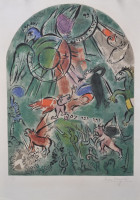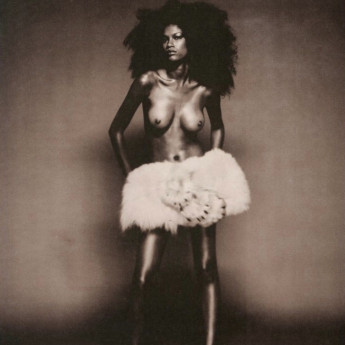James Ensor
James Ensor (Belgium, 1860–1949) was a groundbreaking Symbolist painter known for his satirical and macabre works. His use of masks, skeletons, and vibrant colors reflected themes of death, hypocrisy, and the grotesque, influencing early modern art and Expressionism.
- Recently Added
- Price (Low-High)
- Price (High-Low)
- Year (Low-High)
- Year (High-Low)
James Ensor
Peste Dessous Peste Dessus Peste Partout!, 1904
Limited Edition Print
Etching
EUR 13,900

What is avant-garde?
Avant-garde refers to innovative and experimental ideas in the arts that challenge established norms and conventions. Originating from the French term for advance guard, it describes both the movement and the artists who push the boundaries of creativity, often exploring new techniques, forms, and concepts. The avant-garde has been a driving force in various art movements throughout history, such as Dadaism, Surrealism, and Abstract Expressionism, continually reshaping the landscape of art and culture.















